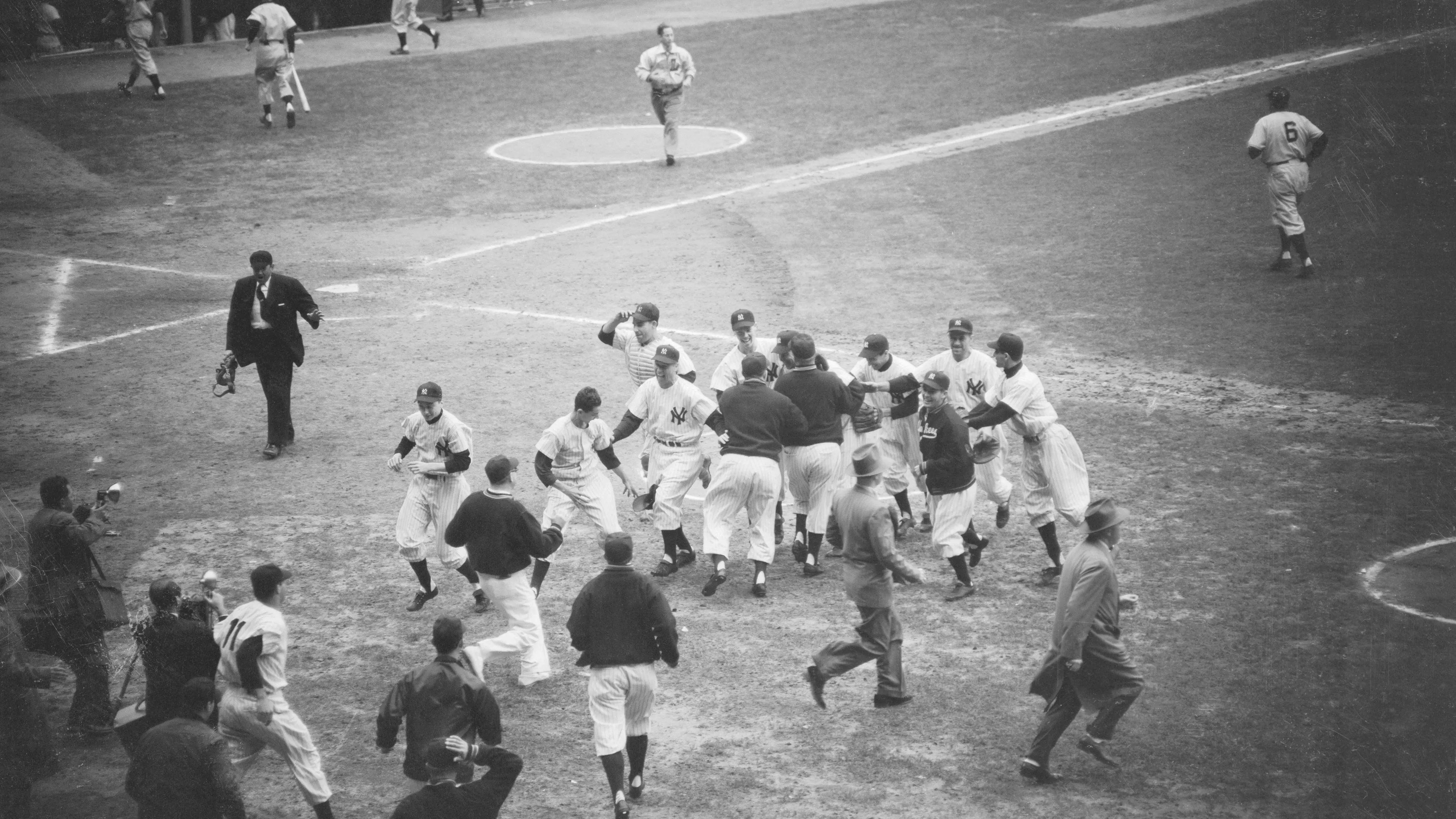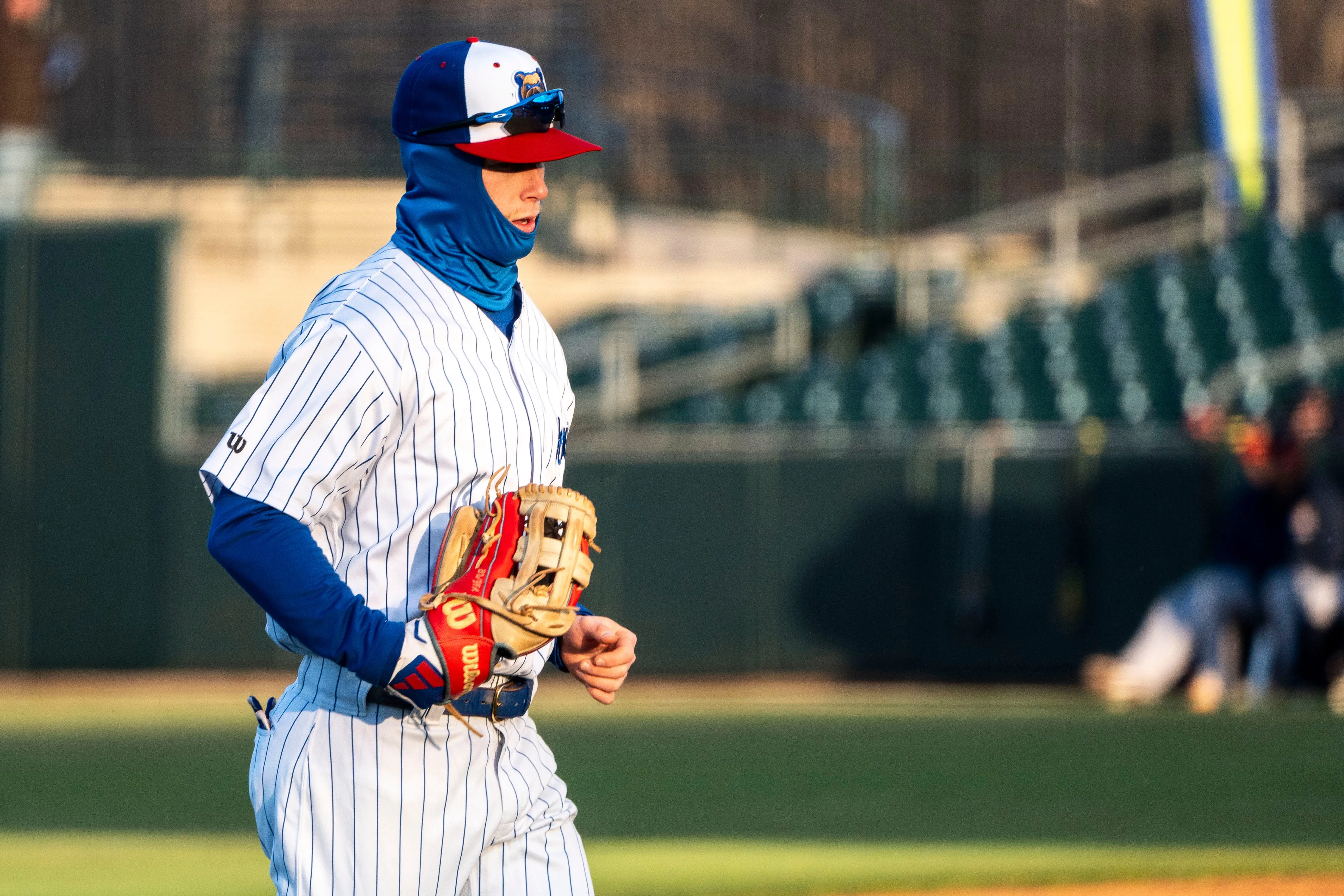Sometime in the future, near or far, Major League Baseball will probably begin using a pitch clock to penalize sluggish hitters and pitchers.
The sport without a clock will, someday, have a clock. ESPN’s Tim Kurkjian offered that as one of his predictions for what baseball could look like 20 years from now, which would be one of Rob Manfred’s signature reforms as commissioner.
This kind of change wouldn’t be necessary, though, if more pitchers were like Mark Buehrle.
“Buehrle was hyper,” pitching coach Don Cooper said. “He wanted to go, go, go.”
No pitcher since 2007 — when Pitch F/X began calculating “pace” — worked faster than Buehrle, who averaged 16.7 seconds between pitches. Only 56 qualified pitchers since 2007 can be considered to work “fast,” i.e. with an average time between pitches of 20 seconds or fewer (it’s a list that includes fellow former White Sox left-handers John Danks and Chris Sale). And that’s only 12 percent of the 473 qualified pitchers in the last decade.
Buehrle’s 99-minute complete game against the Seattle Mariners in 2005 still is the only nine-inning contest to be completed in fewer than 100 minutes since 1984. There was that memorable 1:53 duel with Mark Mulder and the Oakland A’s in 2003, and both Buehrle’s perfect game and no hitter lasted 2:03.
Of course, Buehrle didn’t just work quick, he pitched well while zipping through innings. Buehrle finished his career with a 3.81 ERA, made four All-Star teams and threw at least 200 innings every year from 2001-2014. He had a .572 career winning percentage, too, so Cooper knew about Buehrle would give the White Sox a chance to win in about six out of every 10 starts.
MLB
“But you also know it’s going to be about two hours and 10 minutes, too,” Cooper added.
A given game’s length isn’t all about the pace of the pitcher, of course. Batters can slow things down by stepping out of the box and calling for time, and games can feel like a slog with replay delays and mid-inning pitching changes.
Still, how quickly a pitcher works usually dictates the pace of a game and how long it takes to be completed. Cooper wondered why hitters didn’t step out more against Buehrle to disrupt his rhythm, but perhaps the answer is that everyone on the field gets caught up in the quick pace set by the pitcher.
“Everybody tells me they were so happy when I pitched for a quick game, but every time I was on the bench in between my starts, it was a 3, 3 1/2 hour game and it wasn't very much fun,” Buehrle said. “I think some of these games do get too long. Pitchers take their time, hitters get out of the box. I don't get all that but that's just the way I worked. I just grabbed the ball and went.”
Maybe adding a pitch clock with penalties affecting the count will force pitchers and hitters to find a quicker rhythm. That was one of the hallmarks of Buehrle’s career, and those snappy starts are one of the reasons why No. 56 was such a popular player on 35th and Shields.
Former manager Ozzie Guillen, in summing up Buehrle's mentality, also offered some free advice for fixing baseball's pace-of-play problem: “Just throw the ball, get people out and have fun.”


